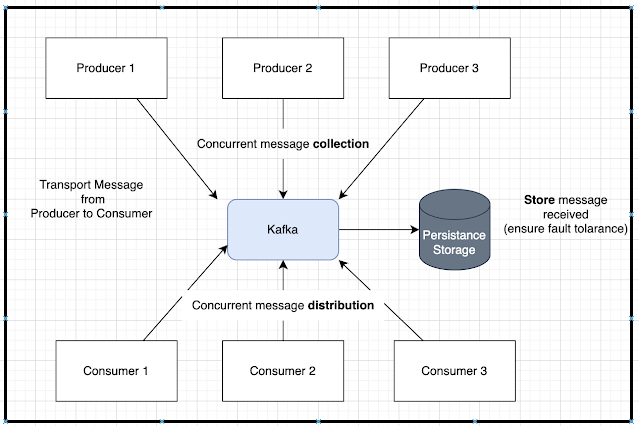Software Architecture Fundamentals - 07
🏗️ Understanding Architectural Patterns: A Simple Guide
In software development, the way we structure our systems matters—a lot. It affects how fast we can build features, fix bugs, and scale our apps.
These structures are called architectural patterns. Think of them like blueprints for software.
In this post, we’ll look at the two major patterns:
-
Monolithic Architecture
-
Microkernel (Plugin) Architecture
Let’s break them down in simple terms. 👇
🧱 1. Monolithic Architecture: One Big Block of Code
A monolith is one single, large program where all the features live together:
-
UI (User Interface)
-
Business logic
-
Database access
All tightly connected in a single codebase.
✅ Benefits:
-
Fast execution – everything runs in one process
-
Easier to start – one project, one deploy
❌ Drawbacks:
-
Hard to maintain – huge and messy over time
-
Slow deployment – updating takes hours or days
-
Risky changes – one bug can break everything
☠️ The “Big Ball of Mud”
This is the worst kind of monolith. It:
-
Grows without structure
-
Is full of hidden dependencies
-
Is so fragile that nobody wants to touch it
👎 Developers dread working on it.
💡 Tip: Don’t be afraid to replace a bad monolith. Big tech companies do it all the time—and often with less cost than maintaining the old one.
🔌 2. Microkernel Architecture: Core + Plugins
In this model, the system has:
-
A kernel (the core functionality)
-
Multiple plugins (independent components)
Each plugin handles a specific job and communicates with the kernel.
🏪 Example:
In a store application:
-
The kernel handles inventory and orders
-
Plugins send emails, handle invoices, reorder stock
✅ Benefits:
-
Plugins are small and independent – easy to test and deploy
-
Avoids big ball of mud – plugins can’t call each other
-
Better maintainability – update parts without touching the core
❌ Drawbacks:
-
Kernel is a single point of failure
-
Changing the kernel's API can break all plugins
⚙️ Used in modern cloud systems like AWS, Azure, and Linux.
🔁 Real Systems Use Mixed Patterns
Most real-world apps use a combination of patterns. No single architecture solves all problems.
The key is to choose the right pattern for your needs.
🔍 Quick Recap
💭 Final Thoughts
If your current system is:
-
Slow to update ⏳
-
Hard to test 🔍
-
Risky to touch 🔥
…it might be time to rethink your architecture. Start small, fix what you can, and don’t fear change. 🚀
✅ Replacing a bad architecture is often cheaper and safer than sticking with a broken one.
📌 Next Up: Message-Based Architectures (and Microservices)
Follow along for the next post, where we talk about flexible, scalable systems powered by messages and events.






Comments
Post a Comment